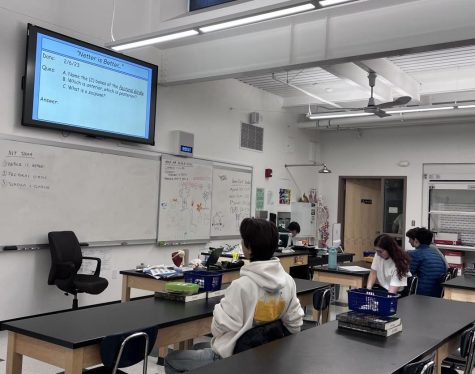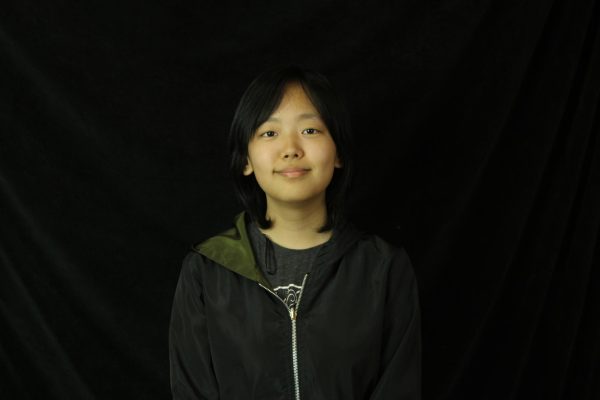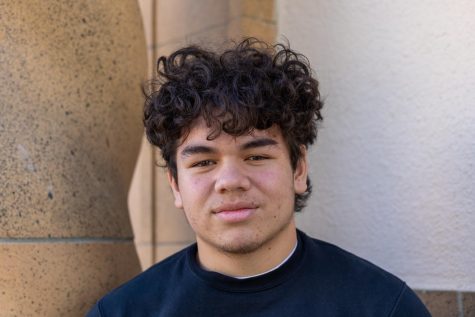Elective Spotlight: Human Anatomy and Physiology
February 12, 2023
The adult human body contains 206 bones and over 600 muscles. The average high school student might only be able to name a handful of these body parts, but for students who have taken Palo Alto High School’s Human Anatomy and Physiology course, it’s a different story.
Human Anatomy and Physiology is a one-year science elective offered to juniors and seniors who have completed both biology and chemistry. The first semester draws more heavily on biology and chemistry, and the second focuses more on the bones, muscles, and body systems. The class has two sections this year.
According to teacher Randy Scilingo, the course is designed for students who enjoy hands-on activities along with learning about the overall components and functions of the body.
“It [the course] is a wide open, complete, rigorous study of the body anatomy and physiology,” Scilingo said. “So all the parts of six systems in depth and their physiology.”
The class comes in two versions, one being a standard high school version and one being dual enrollment, where students simultaneously enroll in the course at Paly and Foothill College. No AP option is available. Scilingo said he highly encourages the dual enrollment option for all students as it is very similar to regular enrollment but with the added benefit of a weighted grade and college credit.

“The dual enrollment option allows kids to get college credit while also receiving high school credit,” Scilingo said. “The course is based off a course I took at Cal Poly, so it’s a college-level course, [and] it’s hands-on.”
Students in the course are currently learning about the different types of bones in the human body.
“After that [the bones], we’ll do the joints and muscles,” Scilingo said. “We’re learning where the muscles connect to the bones, and then when we get to the muscles unit we’re going to circle back [to the bones].”
According to senior Isyss Walker-Golden, the course is useful for students wishing to become doctors or to otherwise work with the human body.
“It [the class] is really beneficial for people who want to go into the medical field,” Walker-Golden said. “I want to major in kinesiology, so that’s why I took it.”
Junior Ava Iribarren, who is currently taking the class, said that the class was especially useful for her as an athlete.
“I do a lot of sports and people get injured in sports,” Iribarren said. “It’s good to understand more about the human body…. A lot of this stuff you use in your life without even really realizing it.”
According to Iribarren, the class requires a lot of memorization. Senior Sam Papp said that he has found the work demanding.
“You have to study a lot for the tests, the tests are really hard,” Papp said. “But if you pay attention in class, you should be able to find success.”
For a summary of the course, refer to this infographic.



